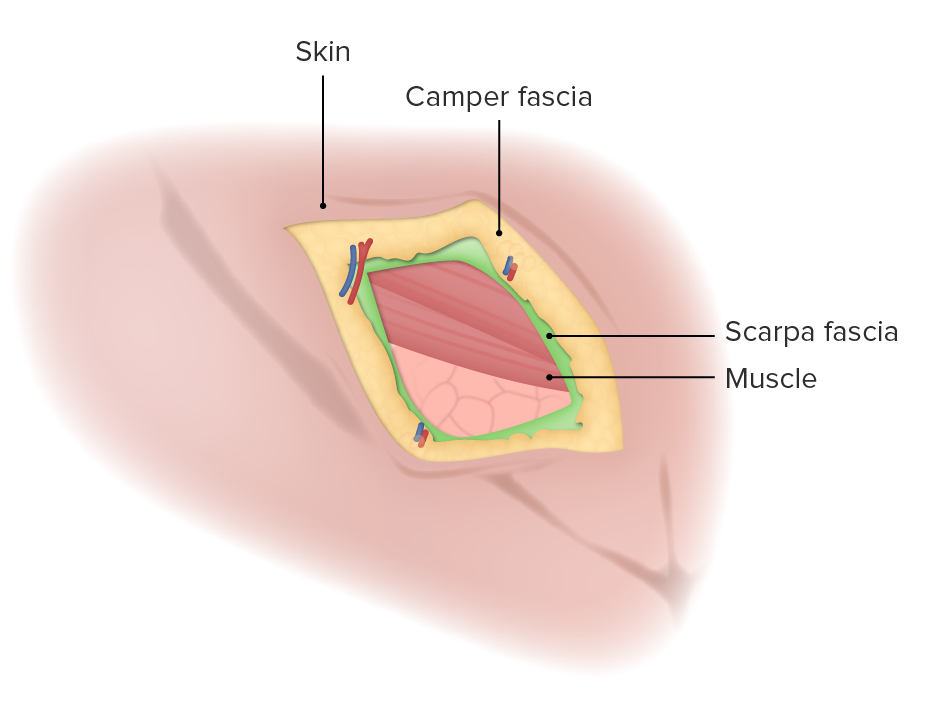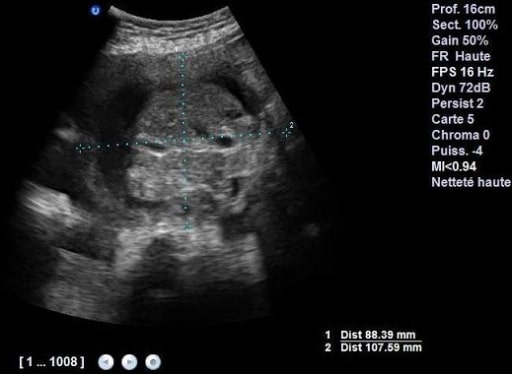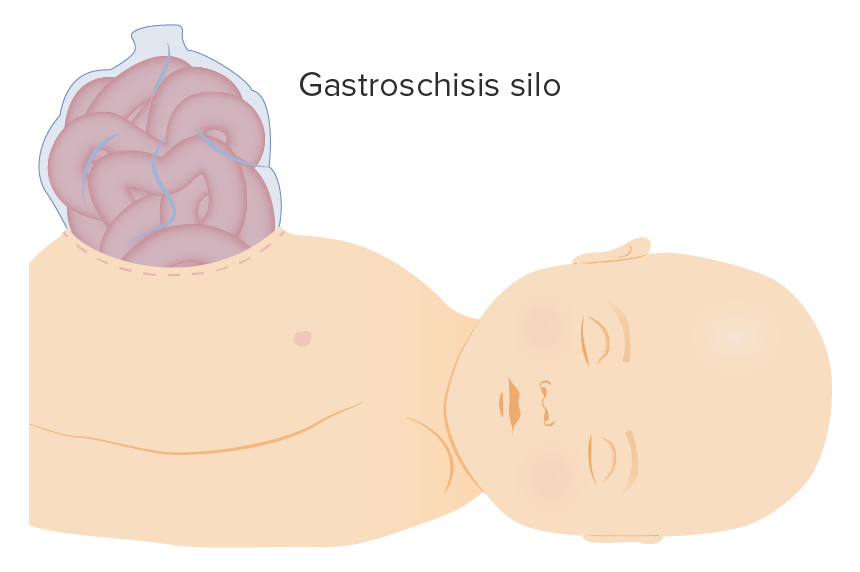Playlist
Show Playlist
Hide Playlist
Gastroschisis and Omphalocele
-
Slides Gastroschesis Omphalocoel.pdf
-
Download Lecture Overview
00:01 In this very brief lecture, I’m going to review gastroschisis and omphalocele. 00:07 These are the kinds of problems that can show up on exam and that you need to know they exist. 00:12 But generally, exams won't have too much there in about what you have to know about them. 00:16 So I’ll try and review the important information and make this brief. 00:21 So an omphalocele is a midline abdominal wall defect as you can see here. 00:28 The viscera is still in the peritoneal sac. 00:31 This happens in roughly 1 in 5,000 babies. 00:34 So it’s rare, but most largest birthing centers will see one or two a year. 00:40 There are associated anomalies in half of these babies. 00:44 So we should call a geneticist in many cases. 00:47 They may have cardiac anomalies, renal anomalies, skeletal anomalies or even neural tube defects like anencephaly or spina bifida. 00:59 The prognosis varies depending on really the other anomalies. 01:04 The intestinal material can be usually surgically repaired without too much trouble. 01:10 This is compared to the gastroschisis. 01:14 A gastroschisis is a full thickness defect in the abdominal wall. 01:20 The intestinal material is hanging out of the abdomen. 01:24 There is an evisceration of bowel and in this case, there is no covering membrane. 01:30 This is less common. 01:31 It happens in roughly one in ten thousand births. 01:34 Maybe one birth a year in large birthing center. 01:39 These patients have associated defects in a smaller percent of the time, about 10% of the time. 01:45 They may have intestinal atresia or duplication. 01:49 They may have undescended testes. 01:52 These patients have an excellent prognosis if it’s a small defect. 01:57 If it’s a large defect, these infants can run into run some trouble. 02:03 Small defects are generally reduced and have a primary closure, they just sew it up. 02:09 But large defects require a gradual reduction over three to ten days. 02:15 These kids may have other symptoms too such as respiratory distress or need other things in the neonatal intensive care unit. 02:23 So great care has to be provided. 02:26 Surgeons use a silo to gradually reduce gastroschsis. 02:31 So that’s my quick summary of gastroschisis and omphalocele. 02:36 Thanks for your attention.
About the Lecture
The lecture Gastroschisis and Omphalocele by Brian Alverson, MD is from the course Neonatology (Newborn Medicine).
Included Quiz Questions
Which of the following lesions is located as a midline defect in infants?
- Omphalocele
- Gastroschisis
- Plagiocephaly
- Supernumerary digits
- Shoulder dystocia
Customer reviews
5,0 of 5 stars
| 5 Stars |
|
1 |
| 4 Stars |
|
0 |
| 3 Stars |
|
0 |
| 2 Stars |
|
0 |
| 1 Star |
|
0 |
Short lecture but excellent as it is presented in a way that is very easy to remember (presentation, frequency).






